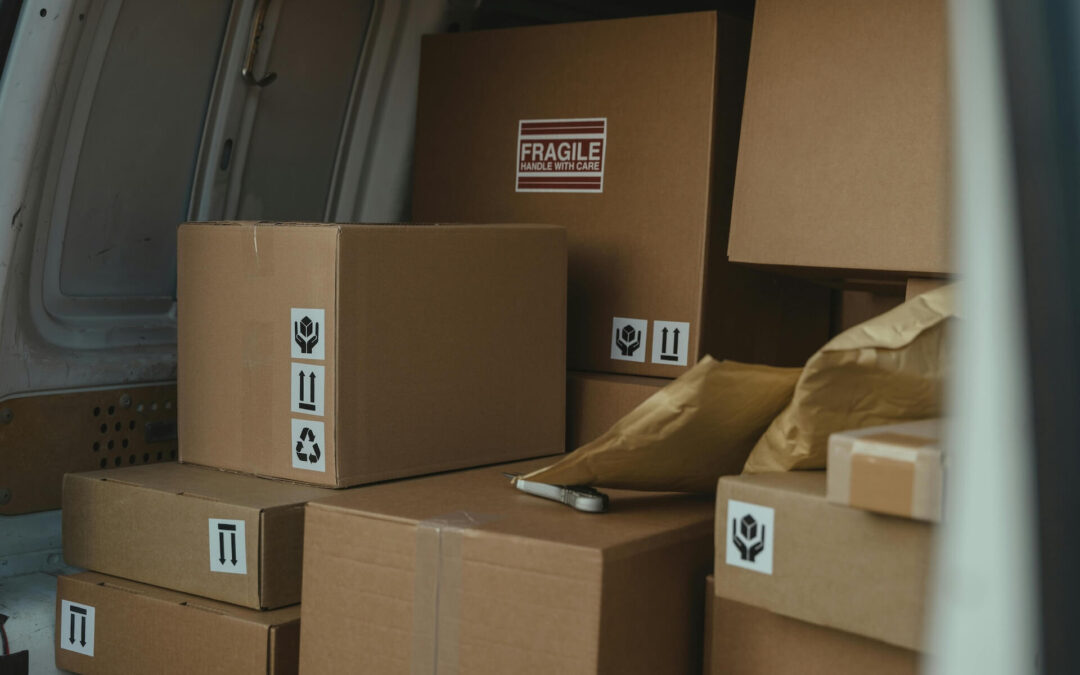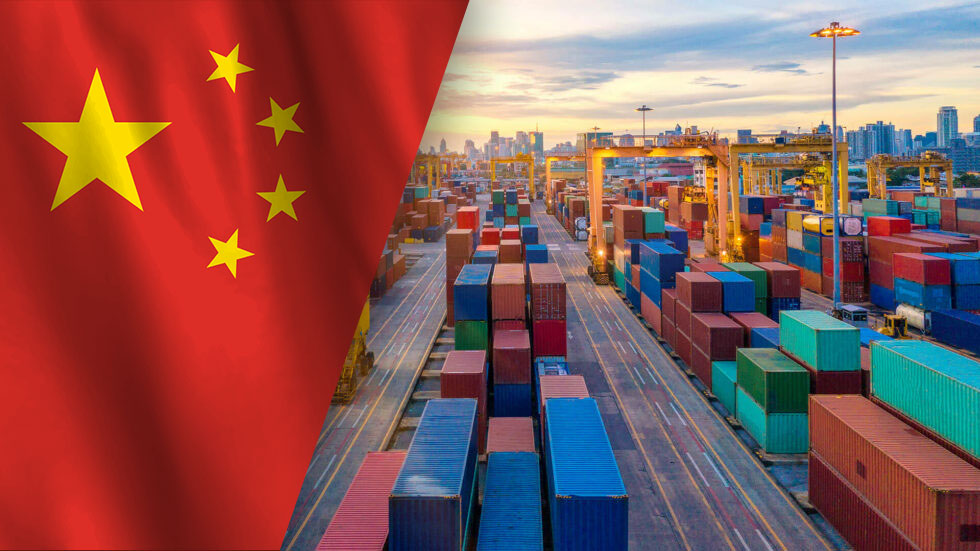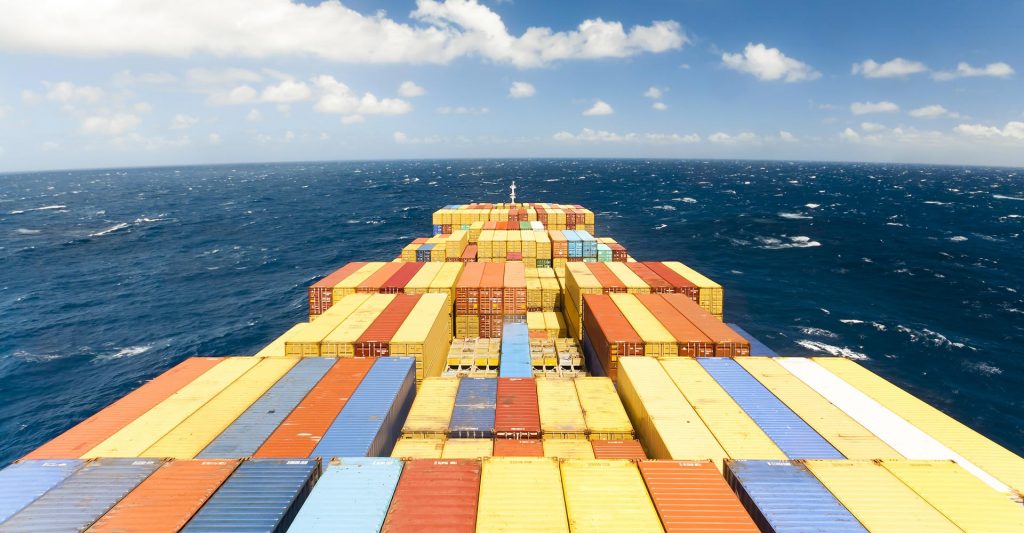A major shift in U.S. import policy is on the horizon: the long-standing de minimis exemption for low-value goods will no longer apply to shipments from China and Hong Kong starting May 2, 2025.
At J.M. Rodgers, we’re helping importers prepare for this change—especially those in e-commerce, electronics, and consumer goods—by reevaluating their landed cost models, compliance strategies, and duty recovery options.
What Is De Minimis—and Why It’s Changing
The de minimis threshold allows goods valued at or below $800 USD to enter the U.S. without incurring duties or taxes. For years, this has supported fast, duty-free entry of low-value shipments—particularly those originating from China.
In April 2025, the U.S. government officially ended this exemption for China and Hong Kong via new executive orders. This policy aims to address under-valuation concerns, reduce dependence on Chinese e-commerce, and tighten customs enforcement.
Key Dates and Policy Details
May 2, 2025 (12:01 AM ET)
De minimis ends for all China and Hong Kong-origin shipments, regardless of channel or delivery method.
What Will Apply Instead:
- 120% duty on the shipment’s value
- $100 postal handling fee per package, increasing to $200 on June 1
- Applies to:
- Postal shipments (e.g., USPS)
- Courier shipments (FedEx, UPS, DHL)
- Commercial freight deliveries
This marks a significant shift for importers relying on low-value, high-volume imports.
Why It Matters
For many U.S. companies, especially in the consumer and e-commerce sectors, this change means:
- A significant increase in landed costs
- New customs documentation and payment requirements
- Potential disruption of current fulfillment models and shipping networks
What Importers Should Do Now
J.M. Rodgers recommends these proactive steps to mitigate risk and maintain compliance:
1. Assess Low-Value Import Volume
If your company frequently imports sub-$800 shipments from China or Hong Kong, now is the time to model total landed cost impact.
2. Implement Full Entry Processes
Ensure all shipments—even those previously cleared under de minimis—follow formal entry procedures, including classification and payment.
3. Explore Duty Drawback Eligibility
If your goods are re-exported or unused, we can help you recover up to 99% of paid duties through customized drawback programs.
4. Coordinate With Shipping Partners
Work with your couriers, freight forwarders, and brokers to ensure they’re prepared for enforcement and documentation changes.
Looking Ahead
While current enforcement is limited to China and Hong Kong, U.S. trade officials are signaling possible expansion of these changes. Importers using de minimis strategies with other low-cost countries should begin preparing now.
Need Help Navigating the De Minimis Policy Shift?
J.M. Rodgers Co. offers:
- Full-service duty drawback management
- Customs entry and audit support
- ACE data reviews to uncover refund opportunities
- Strategic consulting for compliant, cost-efficient importing
Let’s prepare together.
Email us at info@jmrodgers.com to schedule your de minimis impact review today.
Get Started With Duty Drawback






